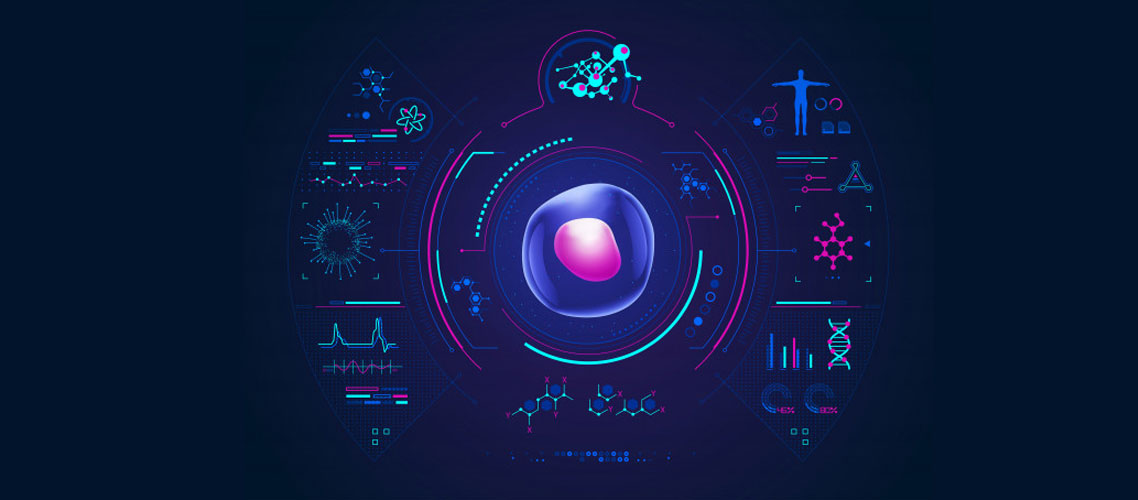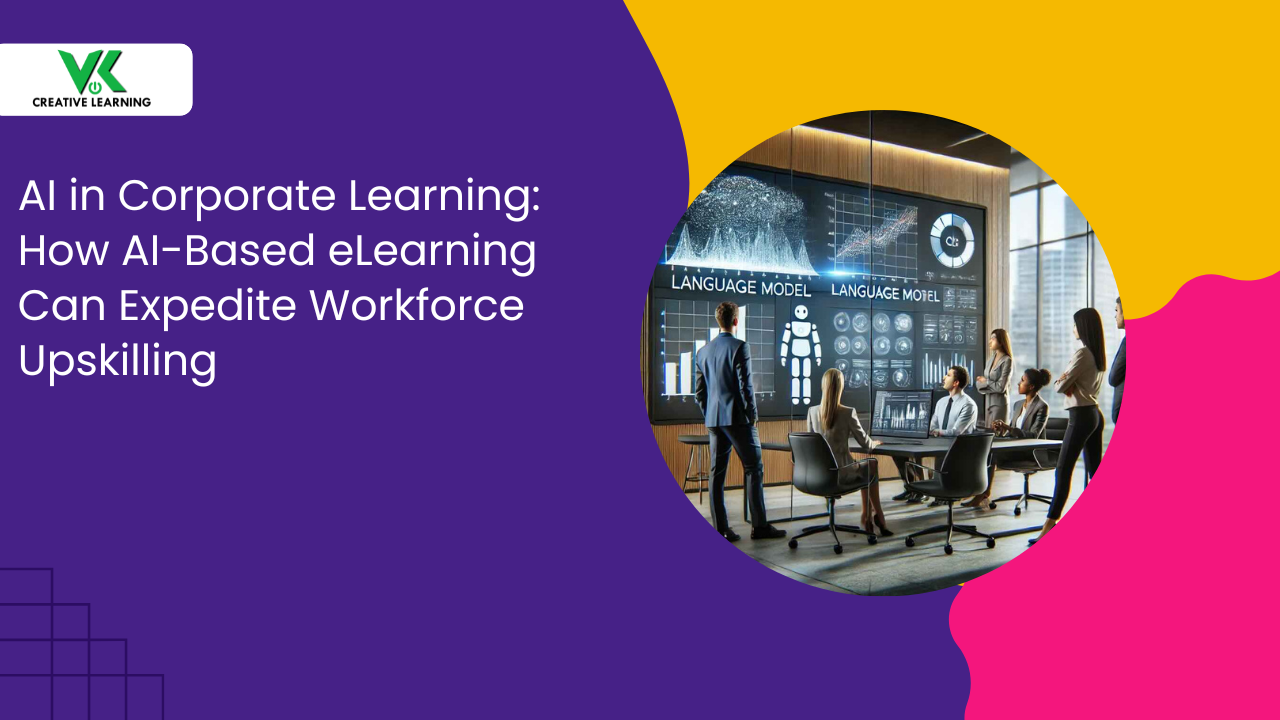How VKCL uses 3D & 2D animations in medical e-learning content to render an enhanced learning experience?
July 06, 2020
Unlike content of other streams, medical content is very different and complicated. For understanding the medical language one has to imagine and know various parts of the body which take years of learning and practice. Thus, it takes five years to earn a doctor’s degree. Nevertheless, no matter how good a person is good at memorising, he will, eventually, forget it in a few days’ time. This holds true if he has memorised the text rather than understanding the medical content. Various research studies indicate that our brain finds it difficult and abstract to understand new and complicated text information. On the other hand if a video or multiple images are used to explain a concept such as functioning of a body organ or cell biology, our brain finds it very easy to understand and remember it. Thus watching a video to understand something helps us to remember a lot of information compared to reading. Slowly with time, many institutes, hospitals and universities in India are acknowledging and subscribing to the idea of using medical e-learning content to teach medical students or to train doctors who want to upgrade their knowledge, especially when they want to specialise in the desired medical field.
Why VKCL advocates animation, simulations, visual images in medical e-learning content?
As per various researches, we can remember well when visuals are part of the content, that is, we learn a vast volume of information quickly when we use our eyes for learning as compared to learning by hearing (which constitutes 10% of learning), or by reading (reading constitutes 20% of learning). Thus the combination of audiovisual content in the medical e-learning content helps the learners to grasp the concepts easily and remember the concepts for a longer time. Use of audiovisual content also reduces the time of learning. Using the above vital information, VK Creative Learning (VKCL) had introduced animation, simulations, visual images and audio content in its medical e-learning content to explain medical content. Later in a couple of years, VKCL tasted its success as the medical e-learning content helped a lot of students and doctors to learn the medical concepts easily, without putting much stress on their brain for understanding or remembering.
Example:
Now the problem with explaining various medical jargons or medical technicalities using text content is that concepts such as the human body and microscopic processes are highly complex in nature and cannot be described just by the words. Also there is a lot of technical information that cannot be imagined and understood by just seeing an image. For instance, cell functioning is something which cannot be seen by the human eyes, and visible only under a microscope. Thus the communication between different types of cells or communication between cells and the tissue within the body are difficult to comprehend just by reading or using our imagination. Similarly how a drug targets and interacts with the desired cells, or binds with cellular structures are very difficult to envisage. Such highly complex topics or hard-to-explain data are described by VKCL in a comprehensible language by using 3D and 2D animations, with multiple images in its medical e-learning content. Similarly binding of the drugs to the desired cells is described using three-dimensional animation.




